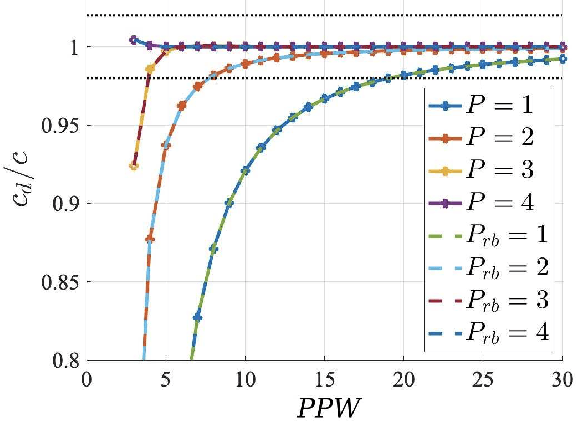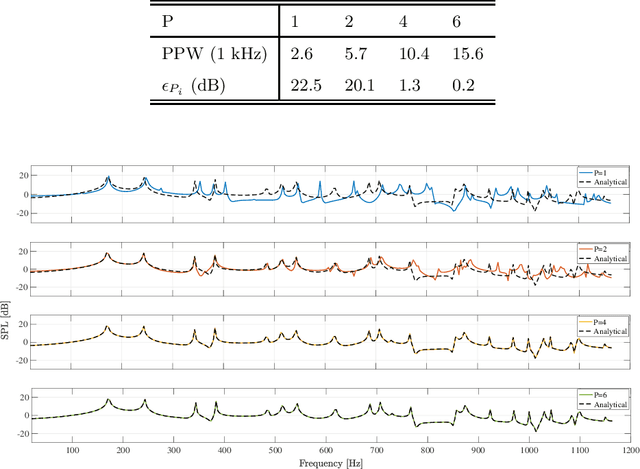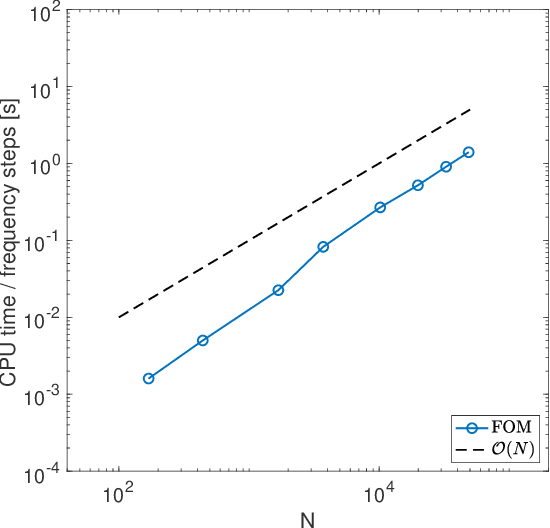Finnur Pind
Room-acoustic simulations as an alternative to measurements for audio-algorithm evaluation
Sep 05, 2025Abstract:Audio-signal-processing and audio-machine-learning (ASP/AML) algorithms are ubiquitous in modern technology like smart devices, wearables, and entertainment systems. Development of such algorithms and models typically involves a formal evaluation to demonstrate their effectiveness and progress beyond the state-of-the-art. Ideally, a thorough evaluation should cover many diverse application scenarios and room-acoustic conditions. However, in practice, evaluation datasets are often limited in size and diversity because they rely on costly and time-consuming measurements. This paper explores how room-acoustic simulations can be used for evaluating ASP/AML algorithms. To this end, we evaluate three ASP/AML algorithms with room-acoustic measurements and data from different simulation engines, and assess the match between the evaluation results obtained from measurements and simulations. The presented investigation compares a numerical wave-based solver with two geometrical acoustics simulators. While numerical wave-based simulations yielded similar evaluation results as measurements for all three evaluated ASP/AML algorithms, geometrical acoustic simulations could not replicate the measured evaluation results as reliably.
Efficient numerical room acoustic simulations with parametrized boundaries using the spectral element and reduced basis method
Mar 22, 2021



Abstract:Numerical methods can be used to simulate wave propagation in rooms, with applications in virtual reality and building design. Such methods can be highly accurate but computationally expensive when simulating high frequencies and large domains for long simulation times. Moreover, it is common that solutions are sought for multiple input parameter values, e.g., in design processes in room acoustics, where different boundary absorption properties are evaluated iteratively. We present a framework that combines a spectral element method (SEM) and a reduced basis method (RBM) to achieve a computational cost reduction for parameterized room acoustic simulations. The SEM provides low dispersion and dissipation properties due to the high-order discretization and the RBM reduces the computational burden further when parametrizing the boundary properties for both frequency-independent and dependent conditions. The problem is solved in the Laplace domain, which avoids instability issues on the reduced model. We demonstrate that the use of high-order discretization and model order reduction has significant advantages for room acoustics in terms of computational efficiency and accuracy.
 Add to Chrome
Add to Chrome Add to Firefox
Add to Firefox Add to Edge
Add to Edge